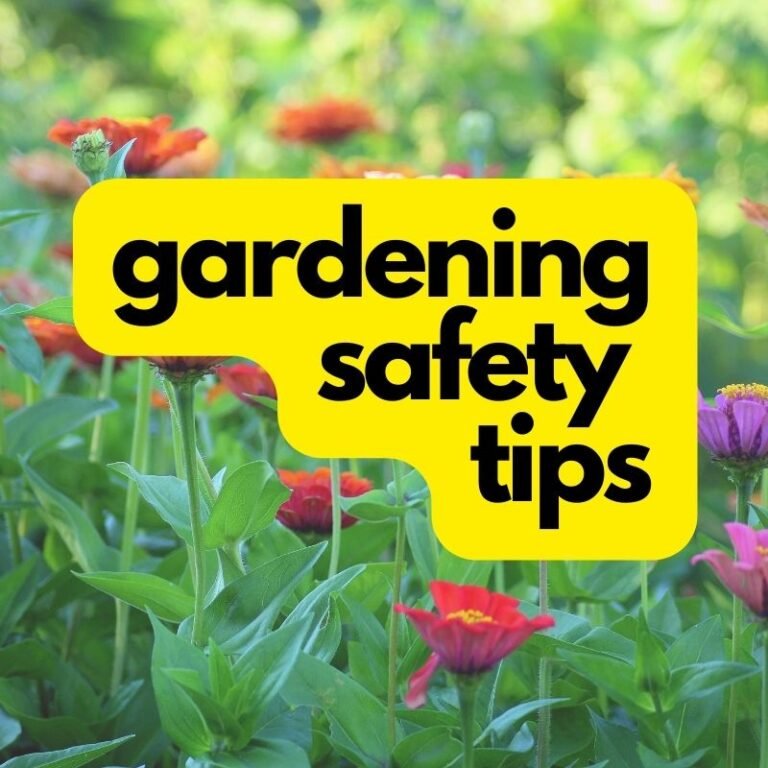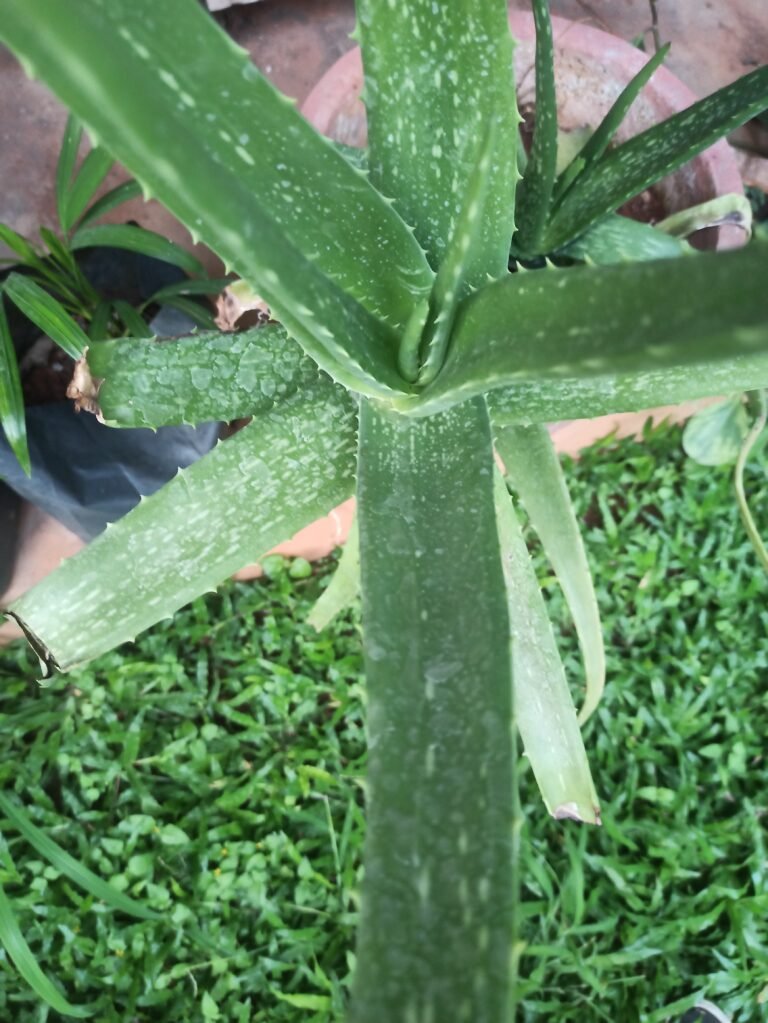Table of Contents
Are Vertical Gardens Hard to Maintain | Expert Guide
Vertical gardens are a modern green solution for city spaces, offering beauty and environmental benefits1. Many worry about the upkeep of these innovative gardening systems. This guide will cover the key parts, daily to monthly care, and tips for successful vertical gardening. We’ll address common concerns about their maintenance.

Vertical gardens, also known as living walls or green walls, have become popular in recent years1. They allow for growing various plants in a compact, space-saving way. This makes them great for small yards, balconies, and indoor spaces. But how hard are they to maintain? Let’s explore the truth about caring for vertical gardens.
Understanding Vertical Gardens: A Modern Green Solution
Vertical gardens, also known as living walls or green facades, are a new way to add greenery to cities. They use modular designs and save space to turn blank walls into green display.
Types of Vertical Garden Systems
There are many types of vertical garden systems. Living walls are self-contained modules for walls. Green facades use vines and plants to cover surfaces. Modular systems are flexible, letting you choose your design and plants.
Benefits of Growing Plants Vertically
Vertical gardens have many benefits, especially in cities. They clean the air, keep buildings cool, and help local wildlife. They also let us add greenery to small spaces like office buildings and homes.
Common Applications in Urban Spaces
Vertical gardens are getting popular in cities. They add beauty and benefits to office buildings. They also turn small balconies and patios into green spots. Parks and plazas get a boost from vertical gardens, making them look and feel better.
“Vertical gardens are a game-changer in the world of urban landscaping, allowing us to bring the beauty and benefits of nature into even the most densely populated areas.”
Essential Components of a Vertical Garden System
Building a successful vertical garden needs careful thought about several key parts. The base of any good vertical garden is a strong support structure. It must hold the weight and moisture of the plants. This structure is like the garden’s backbone, giving it a solid base to grow on.
The irrigation system is also crucial. It makes sure plants get the right amount of water and nutrients. Whether it’s a drip system, misting system, or manual watering, it’s vital for keeping the garden healthy and lively.
The growing medium is another important part. It must offer the right mix of nutrient-rich soil, moisture, and drainage. Choosing the right growing medium for your plant selection is essential for a thriving garden.
By focusing on these key elements – support structure, irrigation system, growing medium, and plant selection – gardeners can make a vertical garden. This garden not only looks great but also helps the plants grow well.
“Vertical gardens offer a unique and space-efficient solution for urban dwellers to incorporate nature into their environments.”
With the right mix of these components, vertical gardens can change any space. They can turn small balconies or big walls into green, thriving spots.
Are Vertical Gardens Hard to Maintain
Vertical gardens are a modern way to grow plants, but they need regular care. With the right planning and systems, keeping them up can be easy. Let’s look at the daily, weekly, and monthly tasks to keep your garden looking great.
Daily Maintenance Requirements
Every day, you need to check the water and plant health in your vertical garden. Make sure the soil is moist and the irrigation works right. Also, watch for any plant stress or disease.This daily check keeps your garden looking lively.
Weekly Care Schedule
Weekly, your garden needs a bit more work. Remove dead leaves, weeds, and check for pests or disease. This keeps your garden looking good and helps plants grow well.
Monthly Maintenance Tasks
Monthly, your garden needs some extra care. Fertilize the plants, clean the system, and check the structure .These tasks keep your garden healthy and looking good for a long time.
At first, caring for a vertical garden might seem hard. But the beauty and benefits make it all worth it. With a regular care plan, your garden will thrive for years.
Proper Watering Techniques for Vertical Gardens
Keeping a vertical garden healthy needs careful watering. Drip irrigation systems with moisture sensors help by watering the roots directly. This stops plants from getting too wet.
For small gardens, watering by hand is a good choice. Make sure to water the roots, not the leaves. This keeps plants healthy and saves water, which is good for the planet.
- Invest in a high-quality drip irrigation system with moisture sensors to automate watering and conserve water.
- For manual watering, focus the water flow on the plant roots, avoiding wetting the foliage.
- Monitor soil moisture levels regularly to ensure plants receive the right amount of water, neither too much nor too little.
Using these water-efficient techniques helps gardeners enjoy their vertical gardens. They also help save water, which is good for the planet.
| Watering Method | Advantages | Disadvantages |
|---|---|---|
| Drip Irrigation with Moisture Sensors | Automated, precise water delivery; conserves water | Higher initial cost; requires installation |
| Hand-Watering | Allows for targeted watering; low-cost | Time-consuming; risk of over/under-watering |
By using these watering methods, gardeners can keep their vertical gardens healthy. They also save water and help the environment.
“Efficient watering is the foundation of a thriving vertical garden. With the right techniques, you can enjoy lush, vibrant plants while conserving precious water resources.”
Plant Selection and Placement Strategies
Creating a thriving vertical garden needs careful thought in choosing plants and where to place them. Look at drought-tolerance, how plants grow, and what they need seasonally. Succulents and perennials that don’t need much water do well in vertical gardens. They handle the special conditions of these spaces.
Best Plants for Vertical Gardens
- Succulents (e.g., sedum, echeveria, jade plant)
- Trailing plants (e.g., ivy, vinca, nasturtium)
- Compact, low-growing perennials (e.g., thyme, lavender, oregano)
Seasonal Considerations
Think about the seasons in your vertical garden. Some plants need more sun in winter, while others avoid the summer heat. Change your plants and where you put them to keep your garden lively all year.
Growth Patterns and Space Requirements
Think about how your plants will grow and how much space they need. Make sure they have enough room to grow well. Some plants need support, while others can be packed closer together. Keep your garden looking good by pruning regularly.
“Successful vertical gardening is all about creating the right balance between plant selection, placement, and maintenance.”
Soil and Nutrition Management
Keeping the soil right is key for your vertical garden.You need a special soil mix that holds water but also drains well. This lets plants get the moisture and nutrients they need. Fertilizing regularly is also important to keep plants healthy as they grow.
Using organic fertilizers is a great way to keep the soil healthy for a long time. Check the soil’s pH levels often and adjust them if needed. This helps plants absorb nutrients better. Good soil care makes plants strong and keeps pests and diseases away, making your garden last longer.
| Nutrient | Importance for Vertical Gardens | Recommended Organic Sources |
|---|---|---|
| Nitrogen (N) | Promotes healthy foliage growth | Compost, blood meal, alfalfa meal |
| Phosphorus (P) | Supports root development and flowering | Bone meal, rock phosphate, bat guano |
| Potassium (K) | Enhances drought tolerance and disease resistance | Greensand, wood ash, kelp meal |
| Micronutrients | Ensures overall plant health and vitality | Seaweed extracts, fish emulsions, rock dust |

“Maintaining a healthy soil foundation is the key to a thriving vertical garden. Invest in high-quality, nutrient-rich soil mixes and develop a consistent fertilization schedule to ensure your plants receive the necessary nutrients for optimal growth.”
Common Problems and Troubleshooting
Keeping a vertical garden healthy can be tough. You might face plant diseases or structural problems. It’s important to fix these issues fast to keep your garden thriving. With the right steps and solutions, you can beat these challenges and enjoy a lush vertical garden.
Disease Prevention and Control
Plant diseases are a big worry in vertical gardens. Good air flow helps stop fungal and bacterial problems. Regular checks and quick action when you see disease signs are key.Using a mix of cultural, biological, and chemical controls can help manage diseases.
Pest Management Solutions
Pests like aphids and mealybugs can harm your plants. A good IPM plan is vital. This might include using natural predators, organic pesticides, and healthy soil.Early action and eco-friendly methods can keep your garden safe and green.
Structural Issues and Fixes
Vertical gardens need strong support to hold plants and soil. Over time, this support can weaken. Regular checks and quick fixes are crucial to keep your garden stable.Fixing loose parts, damaged panels, and uneven weight helps avoid big problems and keeps your garden going strong.
By being alert, taking action early, and using smart fixes, you can tackle common vertical garden issues. This way, you can enjoy a beautiful, easy-to-care-for green space in the city.
Tools and Equipment Needed for Maintenance
To keep a vertical garden thriving, you need the right tools and equipment. From pruning shears to watering cans, having the right gear makes caring for your garden easy and safe.
Key gardening tools include strong pruning shears for cutting and shaping plants. You’ll also need watering cans or hoses to water your plants well. Don’t forget safety gear like thick gloves and a sturdy ladder or step stool for taller garden.
Tools like moisture meters and pH testers are also helpful. They let you check your garden’s health and adjust conditions as needed.
Having the right tools and safety gear makes maintenance easier. It also helps your vertical garden stay vibrant and healthy for a long time.

“Proper tools and equipment are the foundation of successful vertical garden maintenance. They empower gardeners to provide the best possible care for their plants.”
| Gardening Tools | Safety Equipment | Maintenance Accessories |
|---|---|---|
| Pruning shears | Gloves | Moisture meter |
| Watering cans | Ladders/step stools | pH tester |
| Garden hoses | Protective eyewear | Plant supports |
Investing in the right tools and equipment helps vertical gardeners. It makes maintenance easier, keeps plants healthy and safe, and creates a vibrant green space.
Cost Considerations and Budget Planning
Setting up a vertical garden needs careful thought about the costs. The price can change a lot, based on the size, design, and plants chosen. Even though starting might seem expensive, the long-term gains are often worth it.
Vertical gardens also have ongoing costs for water, fertilizers, and replacing plants. Planning your budget well helps manage these costs. This way, you can keep your garden healthy and thriving. Plus, vertical gardens can save energy and increase property value, making them a smart choice.
By looking at the costs, ongoing expenses, and long-term benefits, you can plan a budget for your vertical garden. With a good plan, vertical gardens can be a smart and eco-friendly choice for any urban area.
FAQ
Are vertical gardens hard to maintain?
Vertical gardens need regular care, but it can be easier with the right approach. Knowing the basics and how to care for your garden daily to monthly is key. This way, you can enjoy a thriving vertical garden.
What are the common components of a vertical garden system?
A vertical garden needs a strong support, a good irrigation system, the right soil, and the right plants. These parts work together to make a healthy garden.
How often do vertical gardens need to be maintained?
You’ll need to care for your vertical garden every day, week, and month. Daily, check the water and plant health. Weekly, prune and control pests. Monthly, fertilize and deep clean. With a plan, it’s easier.
What are some best practices for watering vertical gardens?
Watering vertical gardens well is key. Use drip irrigation with sensors to water evenly and avoid too much water. For small systems, hand-watering is okay. Just use it wisely to keep plants healthy.
What are the best plants for vertical gardens?
Choose plants that like the light and weather where you live. Drought-tolerant plants and succulents do well. Make sure to space them right and think about the seasons and your garden’s microclimates.
How do I maintain the soil and nutrition in a vertical garden?
Use a special soil mix that holds water but also drains well. Feed your plants with organic fertilizers regularly. Check the soil’s pH and adjust it to keep your plants healthy and disease-free.
What are common issues in vertical gardens and how can they be addressed?
Problems like diseases, pests, and structural issues can happen. Use good air flow and check your garden often to prevent these. For pests, use natural methods. Fix structural issues fast to protect your plants and garden.
Source Links
- https://www.gq-magazine.co.uk/article/coq10-benefits
- https://www.republicanherald.com/2024/11/01/elon-musk-politics-trump/
- https://www.ocregister.com/2024/11/01/oc-united-way-turns-100-keeps-focus-on-those-in-county-who-find-it-challenging-to-live-here/
- https://www.cowleypost.com/national/clubhouses-offer-potential-solutions-for-those-with-severe-mental-illness
- https://abcnews.go.com/US/clubhouses-offer-potential-solutions-severe-mental-illness/story?id=114861546
- https://www.active-traveller.com/stories/bear-with-me-tracking-apex-predators-in-asturias
- https://www.ebay.co.uk/itm/405318135967
- https://gamerant.com/stardew-valley-1-6-update-console-switch-xbox-ps4-release-date/
- https://www.mdpi.com/1648-9144/60/11/1786
- https://www.mdpi.com/2075-5309/14/11/3502
- https://www.mdpi.com/2077-1312/12/11/1971
- https://www.pitchcare.com/blogs/news/sports-turf-agronomy-advice-november-2024
- https://www.mdpi.com/2309-608X/10/11/758
- https://www.stltoday.com/sports/professional/nhl/blues/blues-prospect-quinton-burns-brings-intimidating-aspect-on-the-blue-line/article_2b85d4b8-985b-11ef-98cf-97b52ad24df5.html
- https://www.poolmagazine.com/news/pool-brain-announces-strategic-partnership-with-riverbend-sandler-to-enhance-pool-service-operations/
- Are Leaf Bugs Good for Flower Gardens?
- The Ultimate Guide to Gardening Apron Womens
- Backyard Landscape Ideas Las Vegas
- Hugelkultur Gardening: Transforming Your Garden with Raised Beds
- Mini Trellis for Potted Plants
Discover more from Gardening with Ecorganicas: Your Source for Organic Gardening Tips
Subscribe to get the latest posts sent to your email.








